NASA Mars Ice Home
Martian Ice Shelter Conceptclient: NASA
my role/scope: architectural design (in collaboration with SEArch and Clouds AO)
type: contract
In early 2016, researchers at NASA's Langley Research Center reached out to the design team responsible for Mars Ice House (2015) to collaborate on a new project for a translucent Martian surface habitat made of water ice - a safer and more livable alternative to “aluminum can” concepts usually considered for Mars architectures.
The project, named Mars Ice Home (Home being a conjunction of house and dome), is an ongoing collaboration between NASA engineers and architects that combines the rigor of first-principle design with a focus on human habitability, programmatic occupation and cultural and aesthetic impact.
The first design of the habitatm, completed in 2016, centered on a toroidal pressure structure covered in a mass of Martian water ice segmented into quadilateral cells, which could be filled in parallel or in sequence. The ice shell was penetrated with three equispaced hatches which could accomodate crew (two) and cargo (one).
The project, named Mars Ice Home (Home being a conjunction of house and dome), is an ongoing collaboration between NASA engineers and architects that combines the rigor of first-principle design with a focus on human habitability, programmatic occupation and cultural and aesthetic impact.
The first design of the habitatm, completed in 2016, centered on a toroidal pressure structure covered in a mass of Martian water ice segmented into quadilateral cells, which could be filled in parallel or in sequence. The ice shell was penetrated with three equispaced hatches which could accomodate crew (two) and cargo (one).
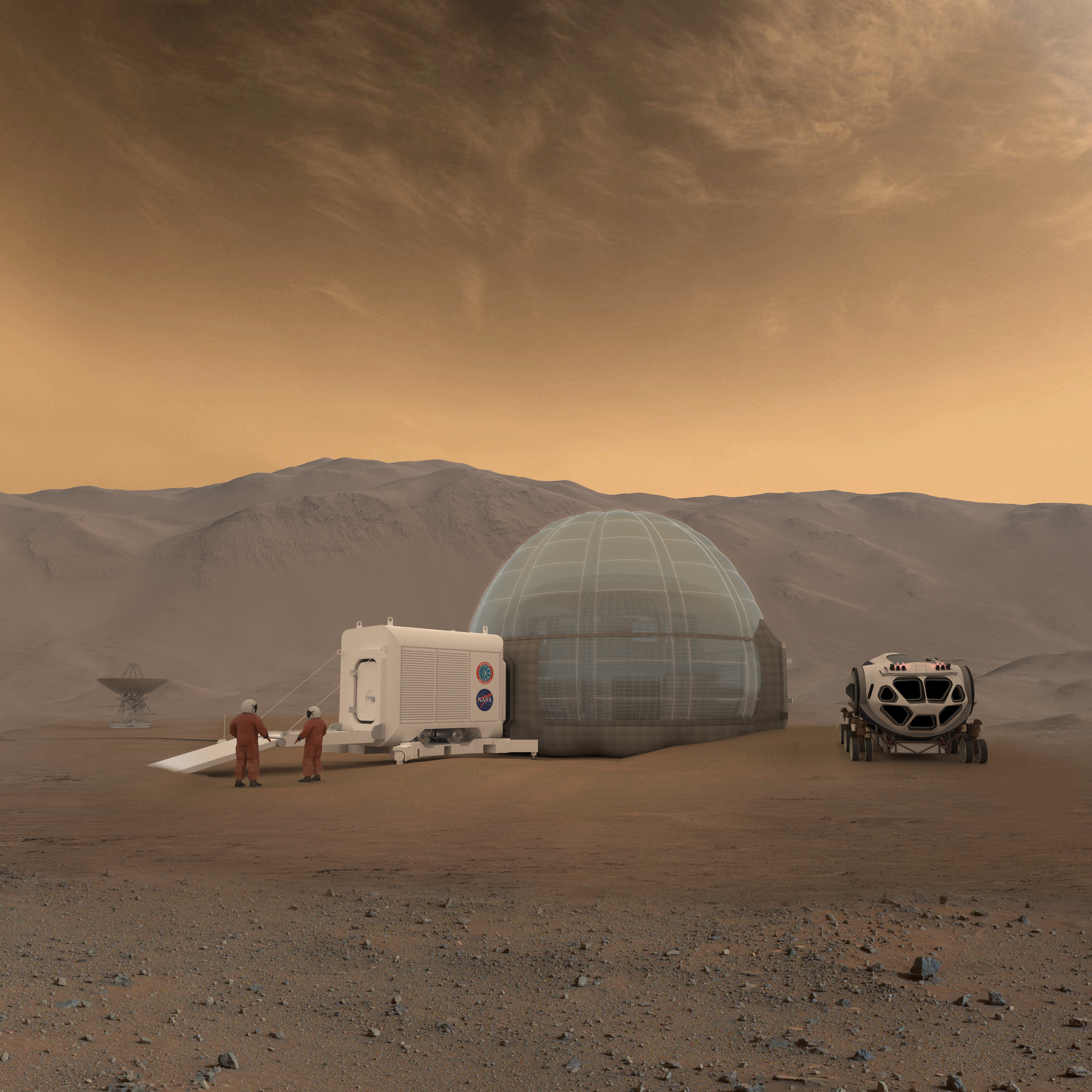
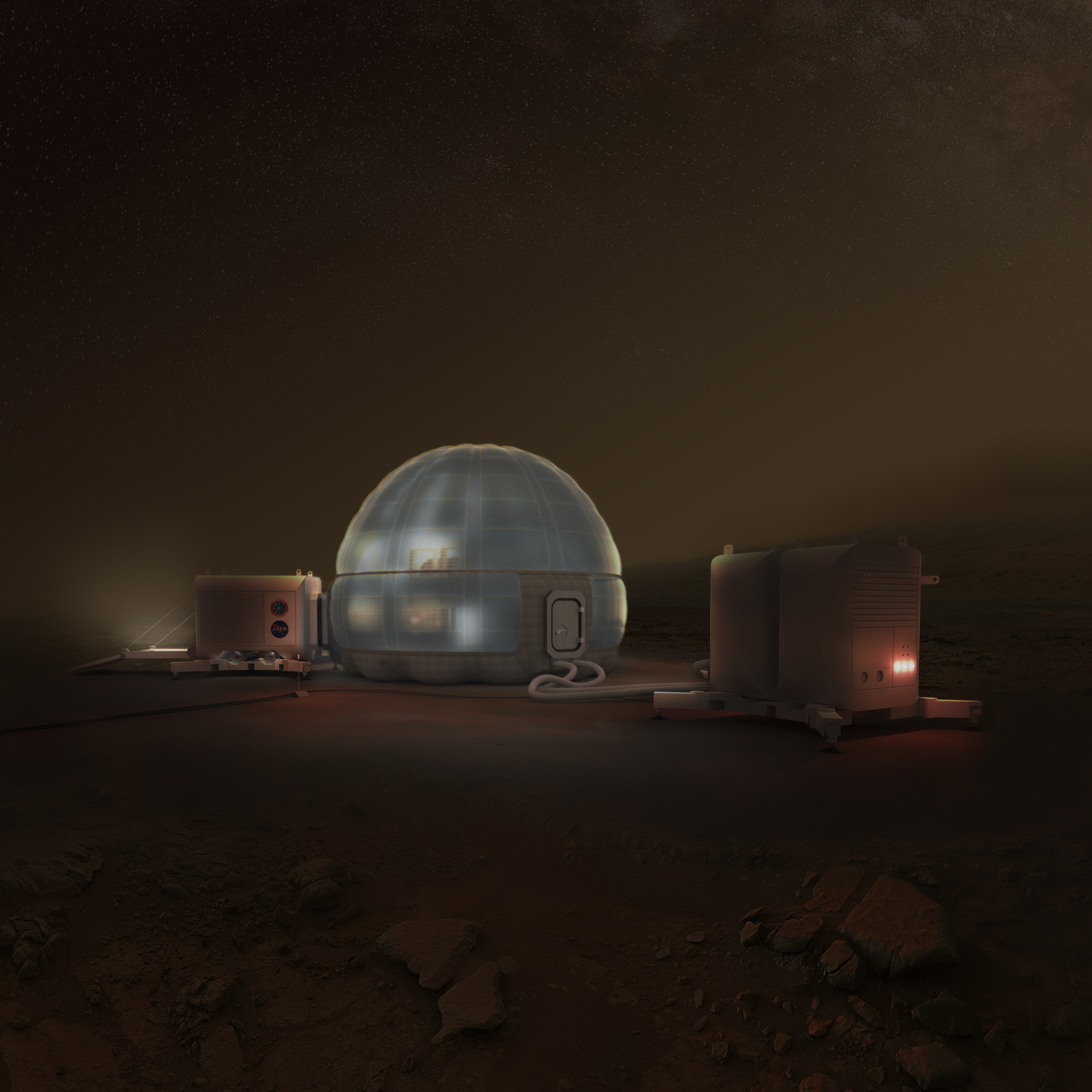
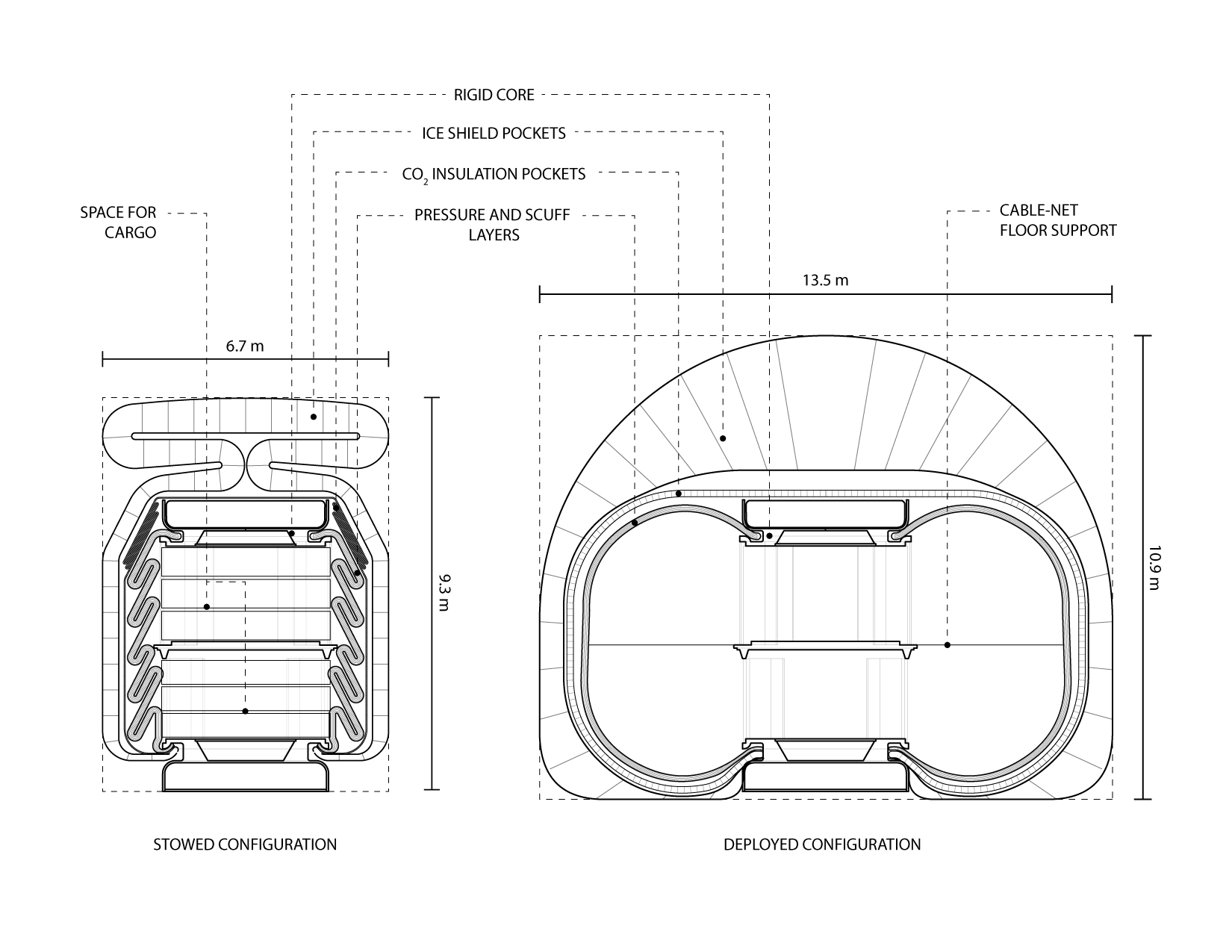

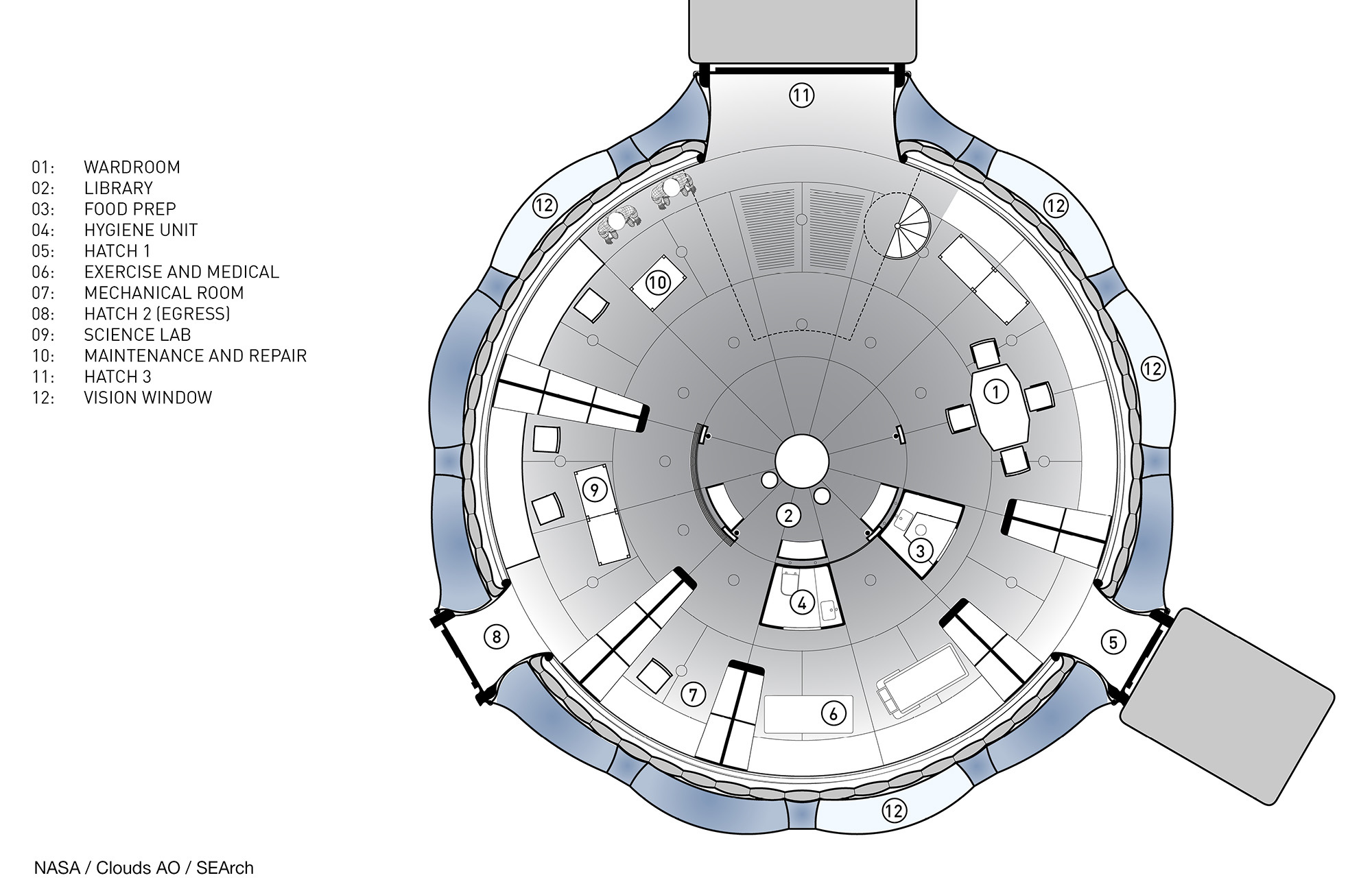
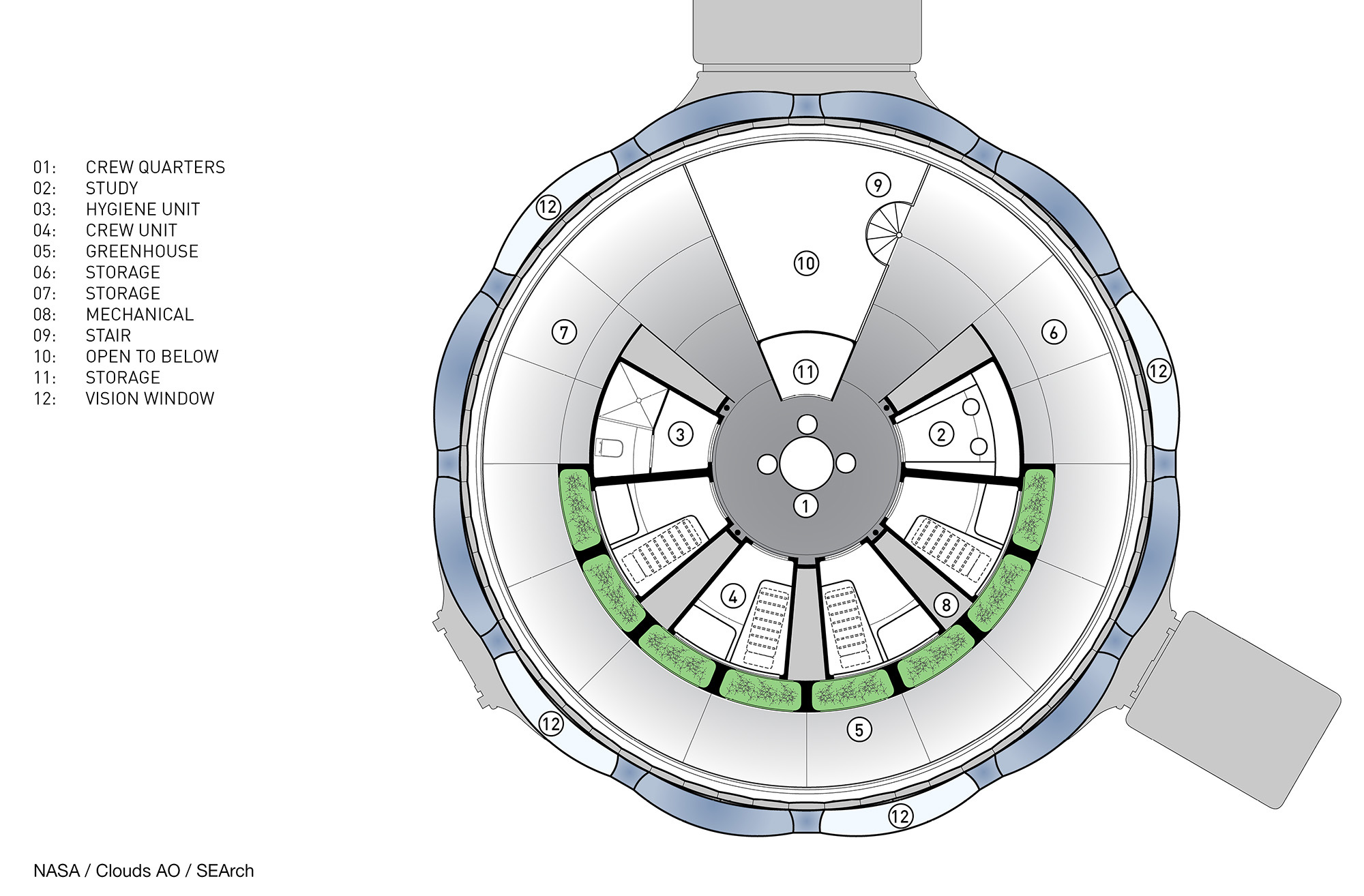
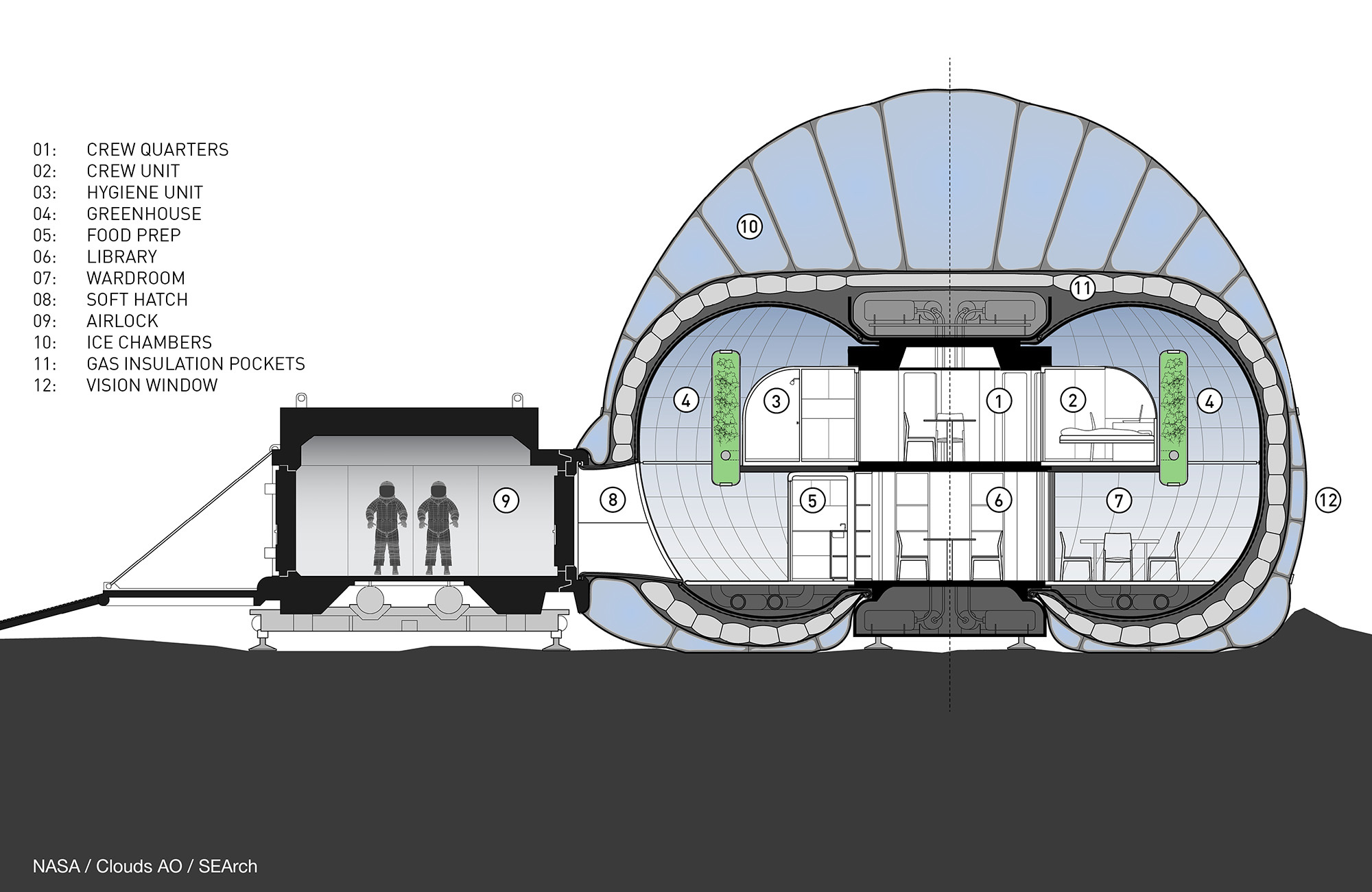
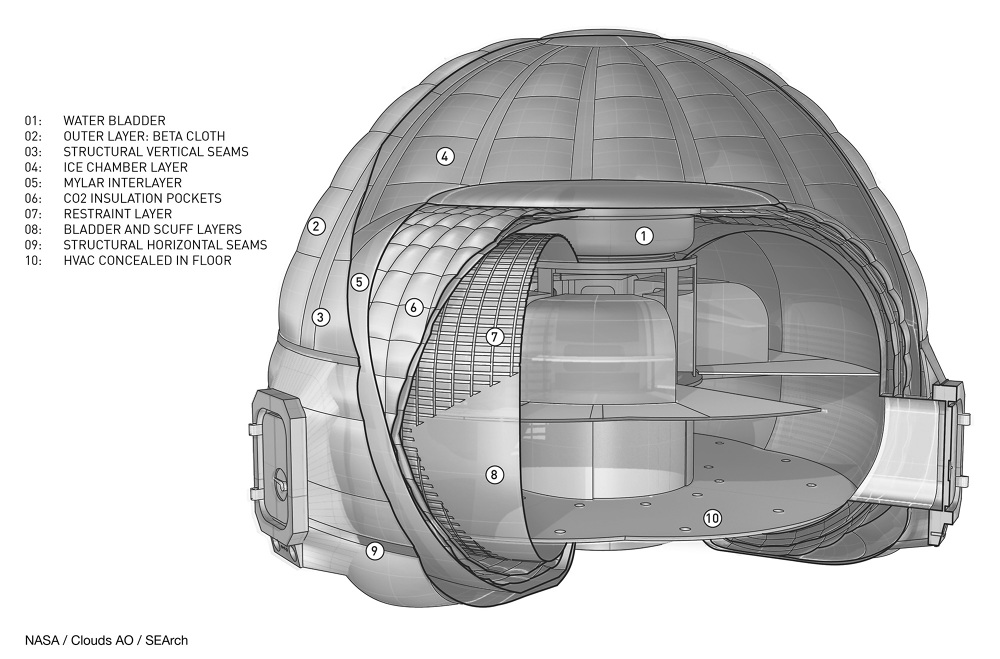
The second version, completed in 2017, took a closer look at the mechanics of ice, the sequence of filling and freezing, the ice cell configuration and its potential fabrication. This resulted in a vertical configuration for the ice cells that could be filled as air beam windows between columns provided support during the filled process. The completed structure now features integrated windows, and does not rely on the ice and the membranes containing it to be transparent.
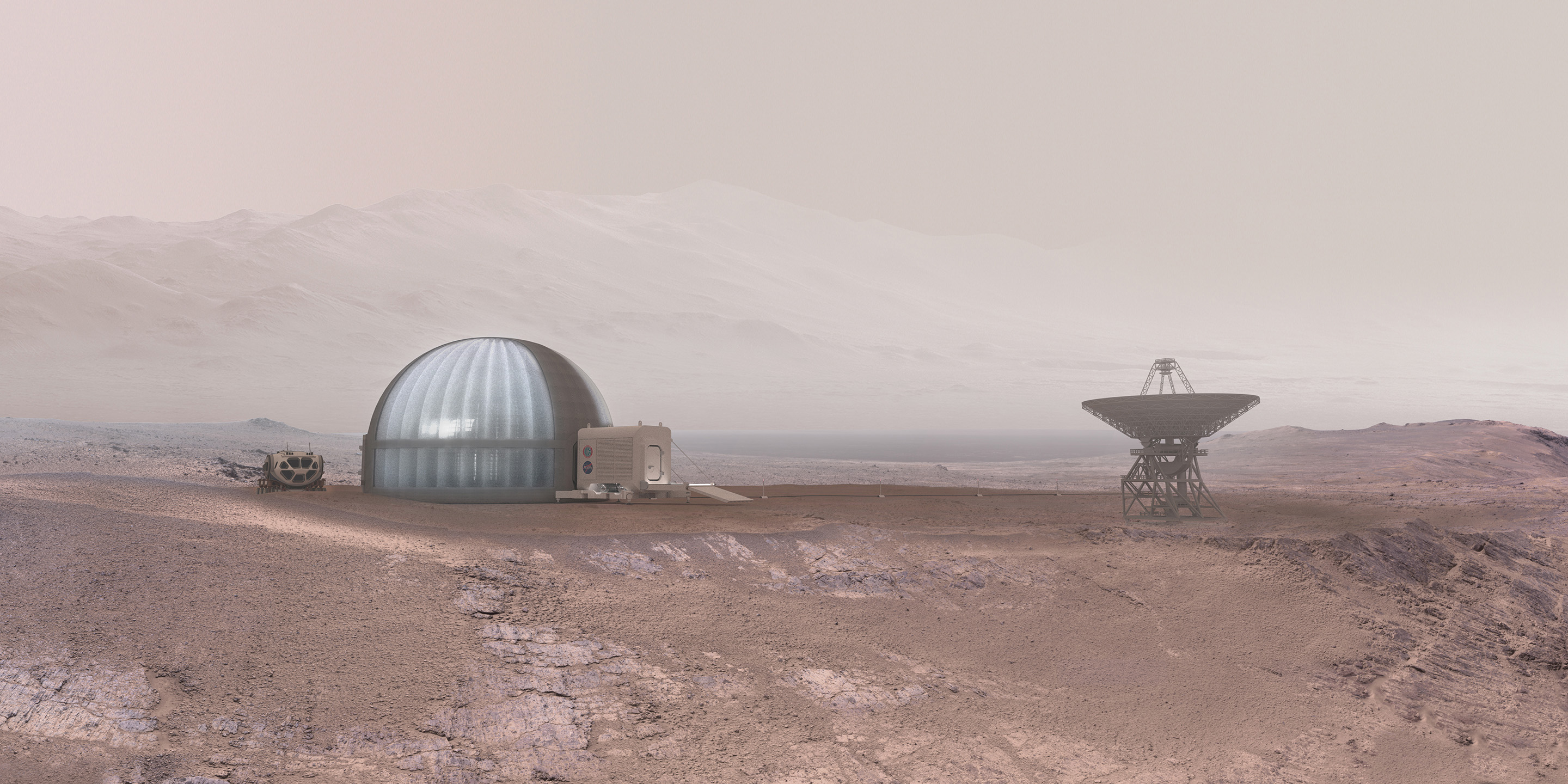
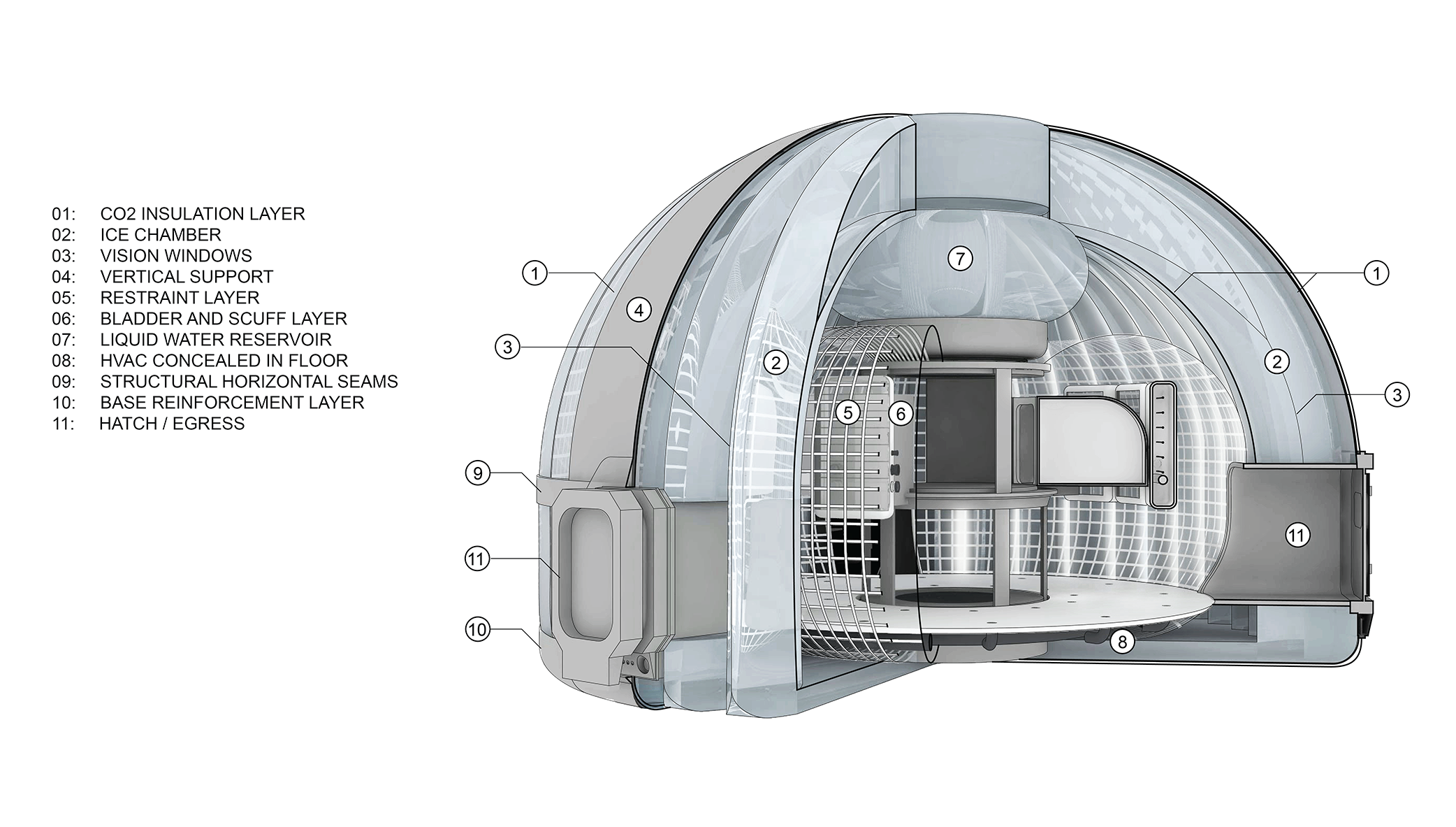
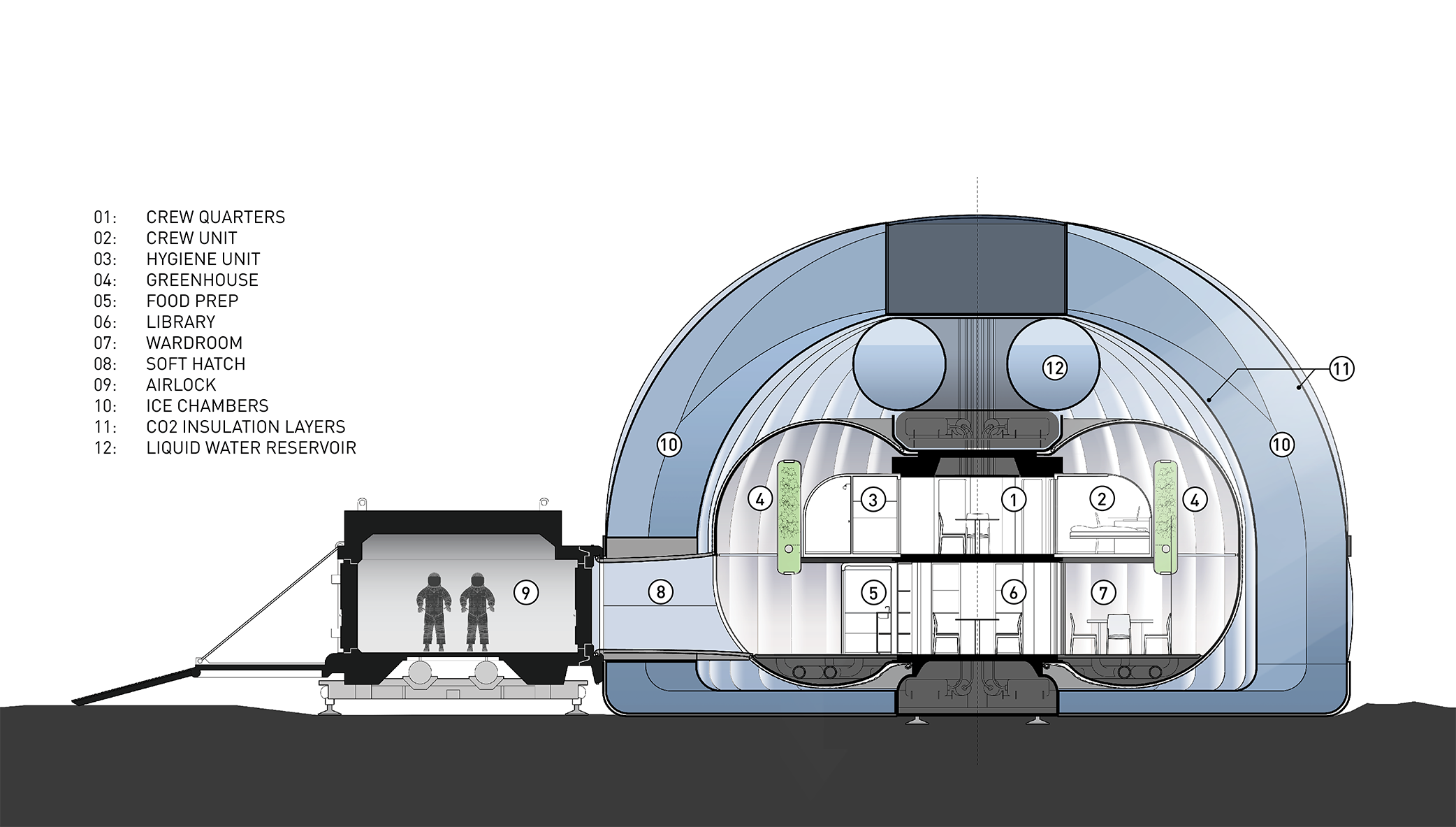

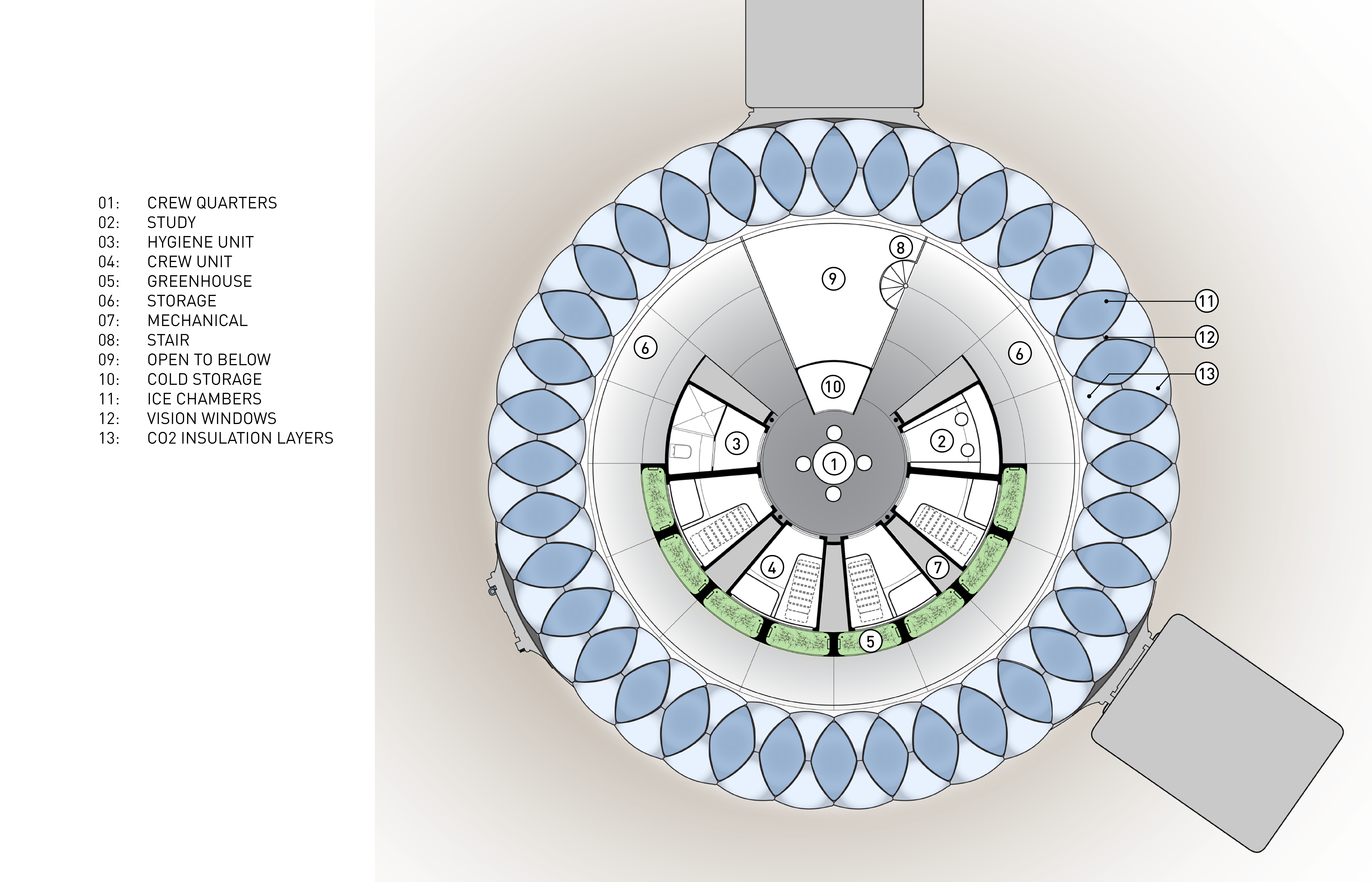
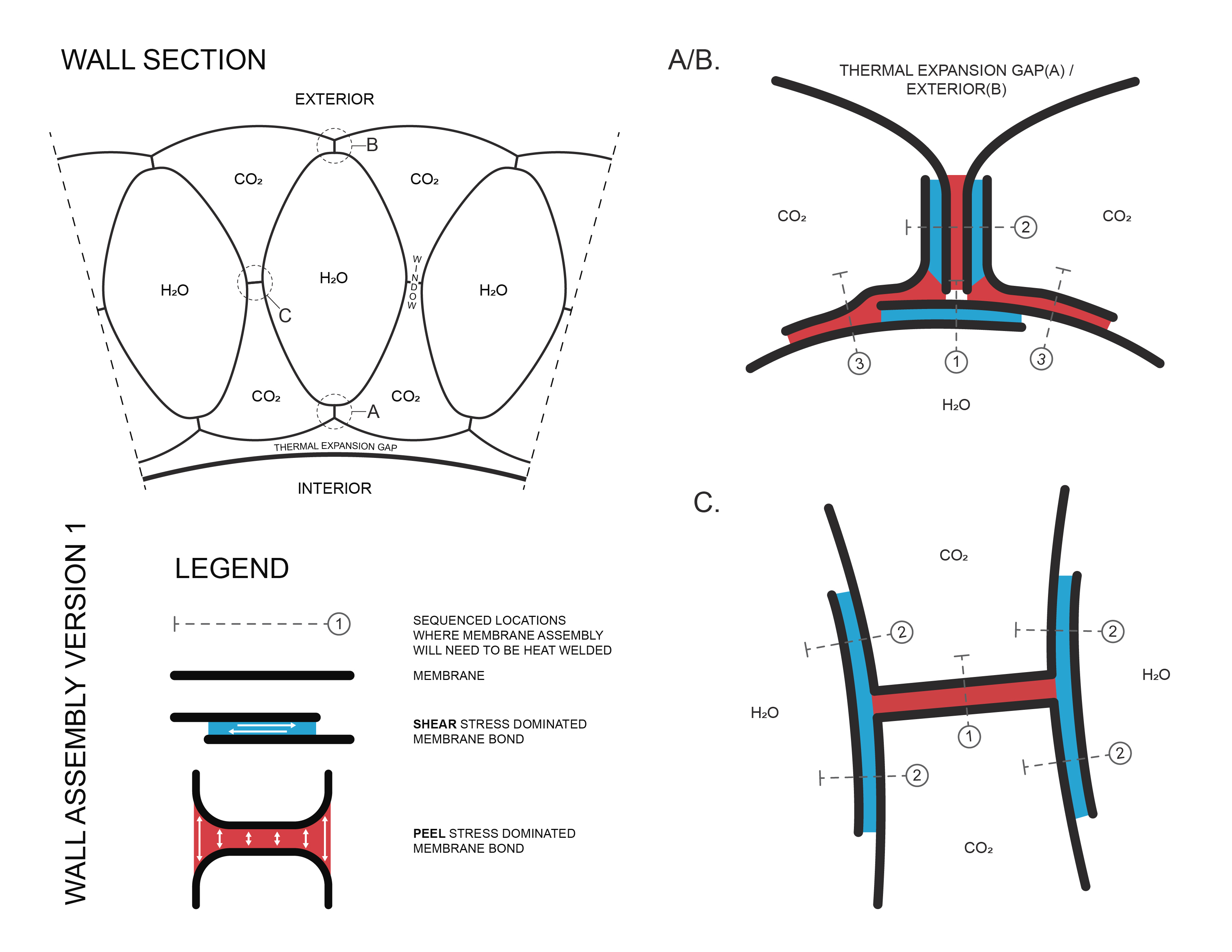
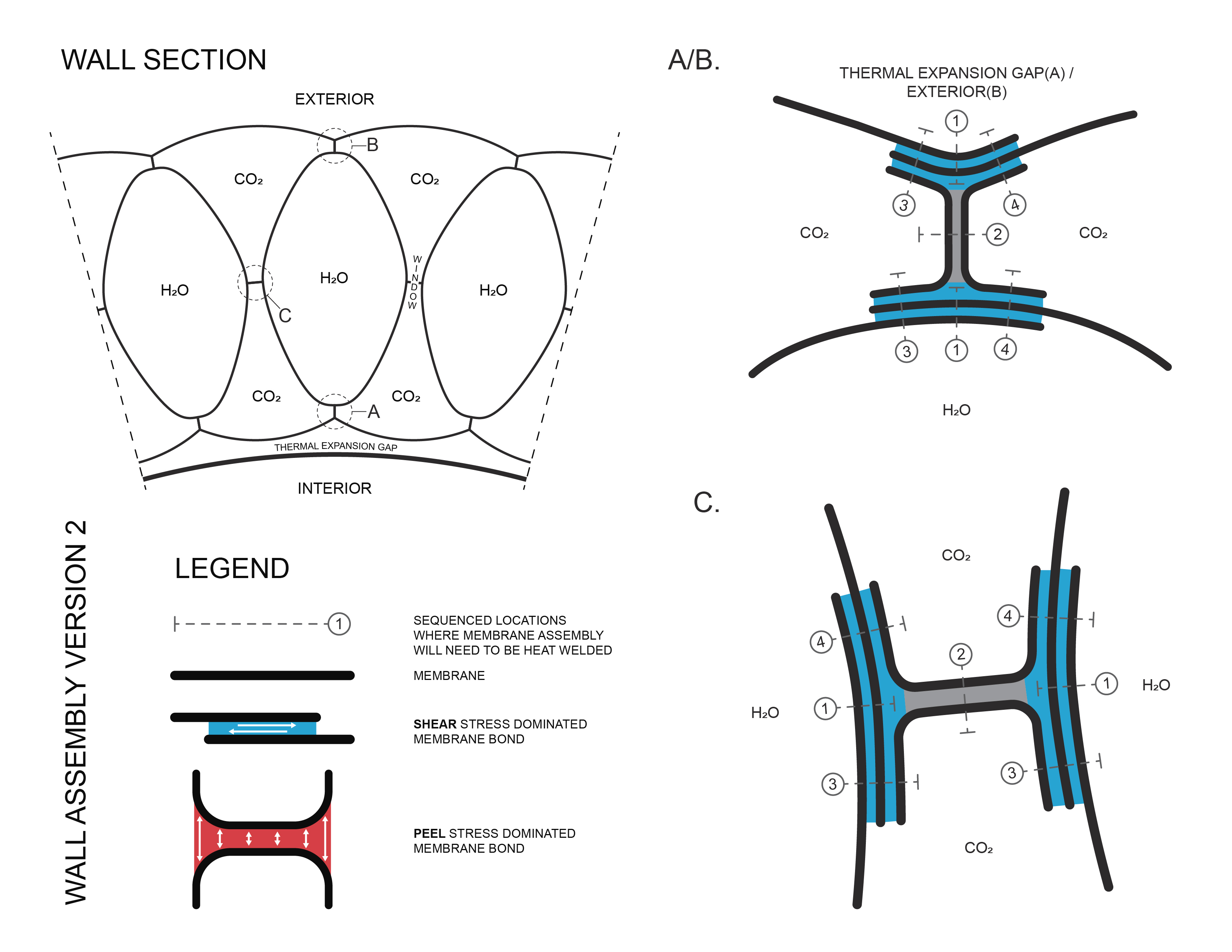
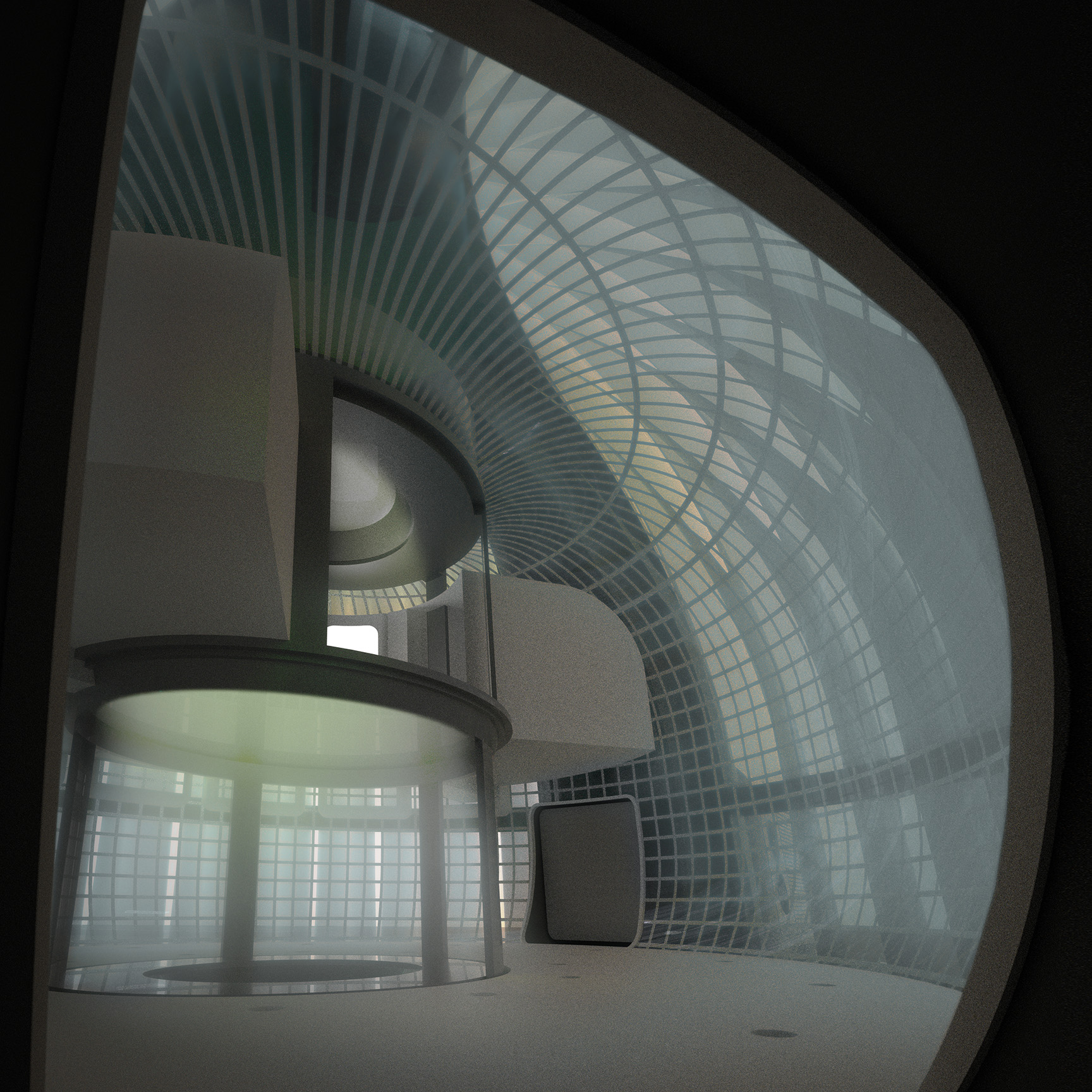
Project Team
Version 1:
NASA (Kevin Kempton, Langley Research Center)
Clouds Architecture Office (Ostap Rudakevych, Masayuki Sono, Yuko Sono, Jeffrey Montes)
SEArch (Christina Ciardullo, Kelsey Lents, Michael Morris, Melodie Yashar)
Version 2:
NASA (Kevin Kempton, Langley Research Center)
Clouds AO (form studies, design, ice cell configuration and sequencing, visualization)
SEArch (fill-freeeze testing, ice mechanics, form studies)
NASA (Kevin Kempton, Langley Research Center)
Clouds Architecture Office (Ostap Rudakevych, Masayuki Sono, Yuko Sono, Jeffrey Montes)
SEArch (Christina Ciardullo, Kelsey Lents, Michael Morris, Melodie Yashar)
Version 2:
NASA (Kevin Kempton, Langley Research Center)
Clouds AO (form studies, design, ice cell configuration and sequencing, visualization)
SEArch (fill-freeeze testing, ice mechanics, form studies)